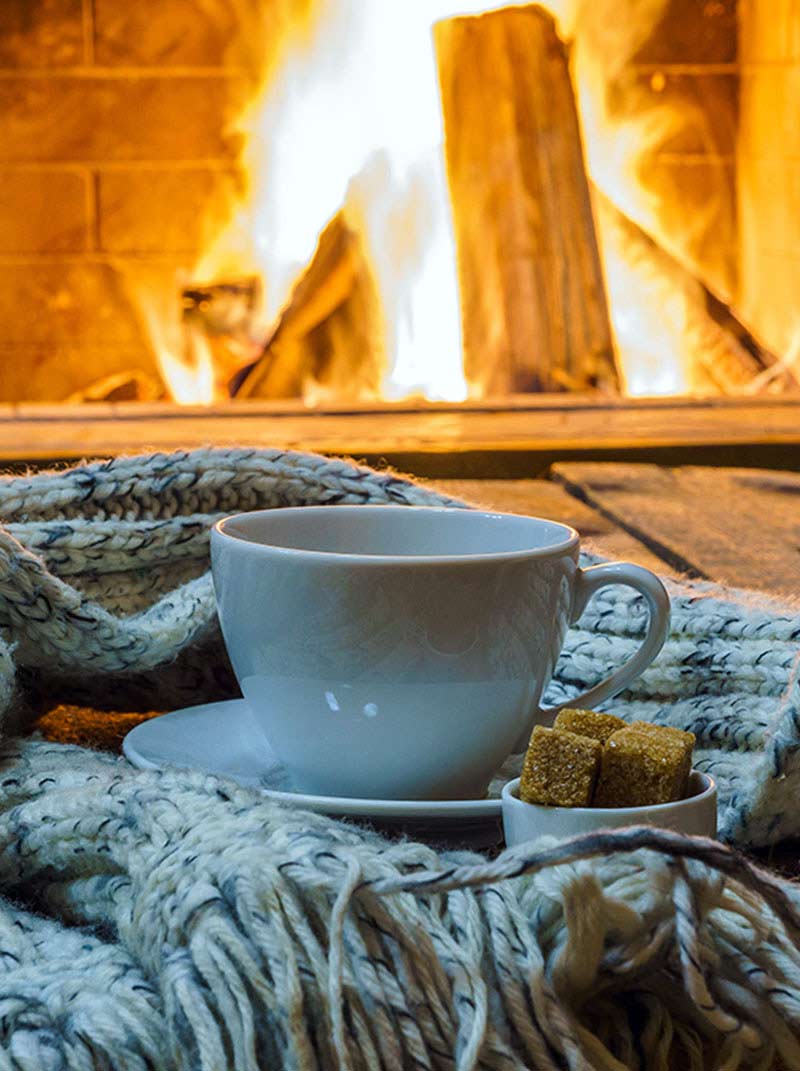How To Prepare Your Multifamily Property For Winter
As we've all heard countless times before from our favorite sports coaches, the best offense is a good defense, and readying your multifamily property for winter is no different. A preventative weatherization program will help you catch small problems before they blossom into huge problems, thus saving you thousands of dollars and hours of headaches in the coming weeks of winter. On the other hand, ignoring regular maintenance checks and repairs can lead to dangerous and completely avoidable emergency situations, especially during the winter season.
But if you prepare your multifamily property following these tips, you'll be more than ready for the snow, ice and winds of winter.
Perform Routine Preventative Maintenance Checks
Schedule your facilities maintenance team to perform preventative maintenance checks on your property at regular intervals throughout the year. At a minimum, completing them semiannually – in the fall and spring to prepare for the impending winter and summer, respectively – is a great idea.
Most of these tasks, especially those involving seals and mortar, should be done after the baking of summer but before the freezing of winter because of the expansion and contraction factor inherent in thermal cycles. Also, if you discover that you need to bring in a professional repair crew, it may take them weeks to complete the job, and it's crucial that you give them enough lead time to get it done right before the hard weather hits.
That being said, the time to prepare for cold weather is now.
Weatherize Your Multifamily Property
Winter keeps maintenance professionals busy no matter the type of property, as the cold weather and freezing temperatures create tasks both inside and out. Be sure to pay specific attention to these areas.
- Plumbing – Check both indoor and outdoor plumbing for leaks or blocks and be sure to shut off and bleed the water from hose cuffs on roofs and spigots in outdoor gardens. Otherwise, they'll freeze, expand, crack and leak. You may also need to insulate your pipes to prevent freezing and bursting.
- Weather Stripping – Sealing and insulating the "envelope" or "shell" of your building – its outer walls, ceiling, windows, doors, and floors – is one of the most cost-effective ways to improve energy efficiency and occupant comfort. Window coverings and thermal blinds also help.
- Thermostat – For maximum efficiency, set your programmable thermostats to 68 degrees Fahrenheit when home and lower it while you're asleep or away.
- Lighting – Check outdoor lighting bulbs, fuses and housings to ensure that they are un-cracked and working properly for the cold temperature ahead.
- Gutters and Drains – To prevent ice dams from forming in your gutters, clean them out at least twice a year, and more often if you have many trees on your property. Rain not running off your building's roof because of the ice dams can cause the rainwater to backup, forcing it into the path of least resistance – under the roof shingles and flashings.
- Heat Sources – Reduce fire hazards by cleaning out the built-up lint from clothes dryer venting ducts, checking your fireplaces, cleaning your chimney and flue at least once a year, and inspecting your smaller heaters before demanding a continuous output from them for the rest of winter.
Tend to HVAC Heating Needs and Service
Throughout the winter, your HVAC system will likely be your main source of warmth. Knowing that this machine will be central to your comfort as the cold months go by, give it the TLC it deserves.
Follow this HVAC System Preventive Maintenance Checklist (or this PTAC Preventive Maintenance Guide) to keep your heat in tip-top shape. While doing so, keep in mind that most HVAC units have a lifespan of about 10 to 15 years. So if you find yourself doing a ton of expensive repairs on a regular basis, then you may need to swap your current HVAC unit for a newer model.
Also, change out your air filters regularly to increase the efficacy and efficiency of your HVA C heating system, and help it do its job even better by insulating it as well. Maintaining and fine-tuning this integral piece of machinery will help your residents save a bunch on their energy bills and drastically increase their comfort throughout the winter.
Prepare for Winter Storms
Should the inevitable winter storm swirl its way into town, you'll want to have an emergency plan in place and the right emergency supplies on hand. Extreme cold, winter storms, deep snow, and ice can seriously impact cities and businesses, knocking out power and heat services for hours or days.
Check out our Winter Storms Emergency Preparedness Guide for more advice on how to help your property and residents prepare, respond and recover. Be sure to pay close attention to the items below.
- Snow-Removal Tools – Take inventory of equipment and machines (e.g., gloves, shovels, snow blower), test them to make sure they still work, and spread these resources across your property (or properties) for easy access and sharing.
- Ice Melt – Ideally, apply ice melt when a storm is expected, before ice and snow appear, as it prevents the ice from bonding to the roads and walkways. Check out our Ice Melt Guide to see which product best suits your winter storm needs.
- Emergency Alert System – Establish a text or email system for residents to notify them of extreme weather and dangerous conditions on the property as they are occurring and being addressed.
By being proactive, weatherizing, and preparing for whatever the winter may bring, your multifamily property will be able to better weather the season and any storms it may blow in.
DownloadPublished on Real Page - Property Management Insider, Blog Post | October 19, 2017

